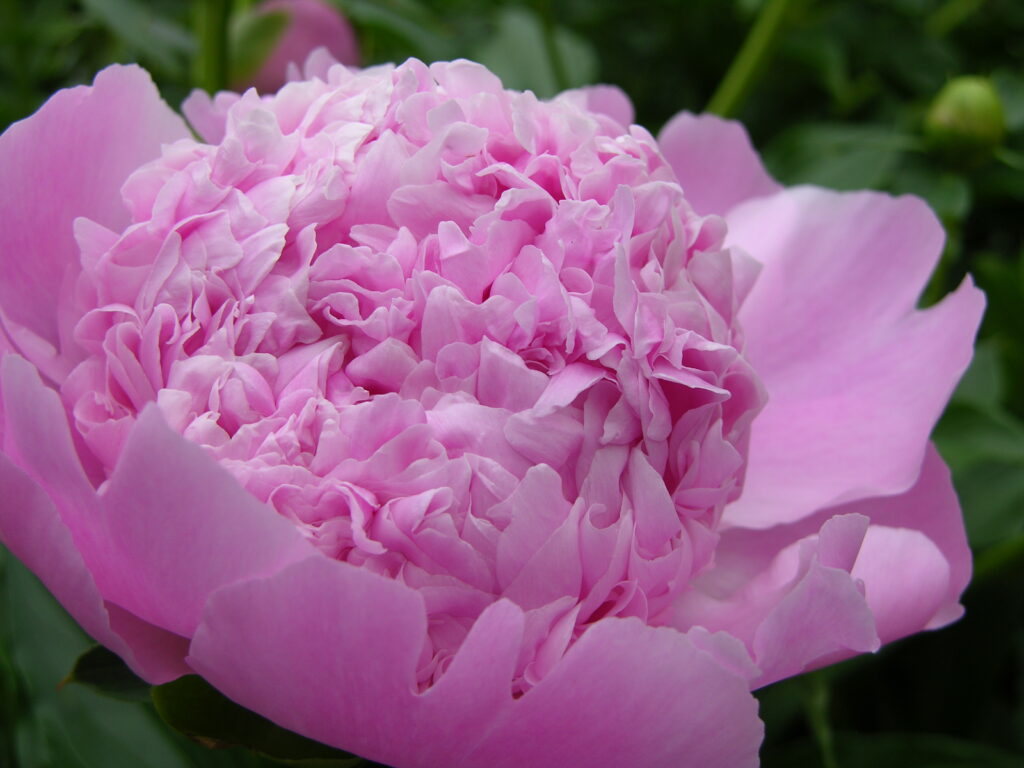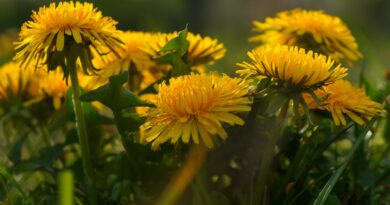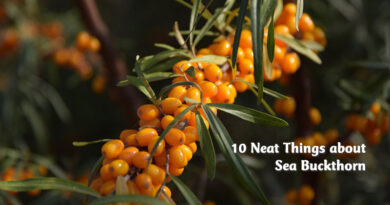Peonies are the perfect flower
When peonies burst into bloom, they scent the air with their musky fragrance. Everyone with a garden should have at least one of these perfect plants.
Paeonia lactiflora, the Chinese peony, is the most popular garden peony although tree peonies are seen more and more in gardens, treasured for their gigantic, silky blossoms centered by golden stamens.
The lovely intersectional or Itoh hybrid peony, which is a cross between the herbaceous and tree peony, blooms a little later than the herbaceous varieties and has a nice long blooming time of about three to four weeks. While most peonies require five hours of strong sunlight to bloom well, there is the delightful woodland variety, Paeonia mlokosewitschii (also known as molly-the-witch) that will grow in the shade, producing yellow or cream-flushed with-pink flowers early in the springtime.

Fern leaf peonies, Paeonia tenuifolia, are mystifyingly expensive, because they grow so prolifically and will spread into a large patch in a few short years. Their red or pink blossoms are often the first flowers to appear in the spring garden.
Peonies are marvelously versatile and make excellent cut flowers. Cut at the marble stage, when they first show colour, peonies will last longer in a vase than those cut when fully open. It is also easier to rid the flowers of ants before they open, especially if they are cut in the evening when there are fewer ants at work harvesting the oozing nectar from their blossoms. When cut at this hard blossom stage, peony flowers can be kept refrigerated in a vase of water for up to six months, although the open blooms of these preserved flowers won’t last as long as those cut freshly. They’d do for a wedding though, if your favourite bride has her heart set on peonies in September.
If you cut Itoh hybrids or tree peonies, be sure not to cut into the wood, which contains the secret of next year’s flowers. Display these blossoms, which can be 10 inches across, in a shallow bowl for best effect.
Peonies may be increased by division. They will take a couple of years to recover. The old adage – first year sleep, second year creep, third year leap – is true. Loosen soil with a garden fork about 18 inches from the crown and lift the plant out carefully. Wash off the soil, then cut through the crown – each division should include at least one strong tuberous root and three to five eyes (where the stem grows). The planting hole should be wide enough to accept the tubers and just deep enough so that the eyes of the root will be no more than 1.5 inches below the surface. Herbaceous peonies will not bloom if planted too deeply. They need a cold period to stimulate the setting of next year’s flowers and if planted too deeply they won’t get cold enough.
If you want to experiment with planting seeds, you need to be a patient gardener. Choose a hybrid that actually produces seeds, then plant the shiny, mahogany coloured seeds in soil conditions similar to that in which the mother plant is growing. Wait a couple of years for the plant to emerge (mark the planting place well). Then wait another ten years for the plant to produce flowers, and don’t expect the flowers to resemble those of the parent. So what, you say, that mystery is part of the fun. maxima peony
Herbaceous peonies are often classified by the shape of their blossoms and some experts claim a total of nine forms. The Canadian Peony Society recognizes five.

• Single peonies have one row of petals that may overlap – wild peonies have five petals but singles may have nine to 12 petals arranged in one or two rows around a centre of golden stamens, which bear pollen. ‘Scarlet O’Hara and ‘Krinkled White’ are two examples.
• Japanese forms are similar to singles, but the stamens, although yellow, have no free pollen. ‘Kukene Jishi’ and ‘Garden Lace’ are lovely examples of the Japanese form.
• Anenomes have one row of wide flat petals that hold a bowl of upright stamens that have morphed into feathery petals. The popular ‘Bowl of Beauty’ would fall into this class.
• Semi-Double forms have multiple petals surrounding a centre of true, pollen-bearing stamens. Look for the coral coloured ‘Cytherea’ and white ‘Rare China’.
• Finally, there are the familiar doubles or bomb peonies. When they arrived on the scene, people were so thrilled that they simply extinguished attention from all other forms. These peonies show no evidence of stamens. You will recognize ‘Sarah Bernhardt’, the familiar pink peony, and ‘Festiva Maxima’, with its few flecks of red hidden amongst the snowy white petals.
We tend to fixate on the beauty of the flowers, but peonies were grown primarily for their medicinal properties for thousands of years. Their dried roots are known in Mandarin as shao yao, peony medicine. Peony medicine was used as an anti-spasmodic, an anti inflammatory, as a blood thinner and to combat dementia.
Among their many virtues, peonies are deer and rabbit resistant, drought tolerant, subject to few diseases or pests and, best of all, they can live 80 to 100 years, and even longer if the roots are divided from time to time.

@ 2023 Pegasus Publications Inc.






